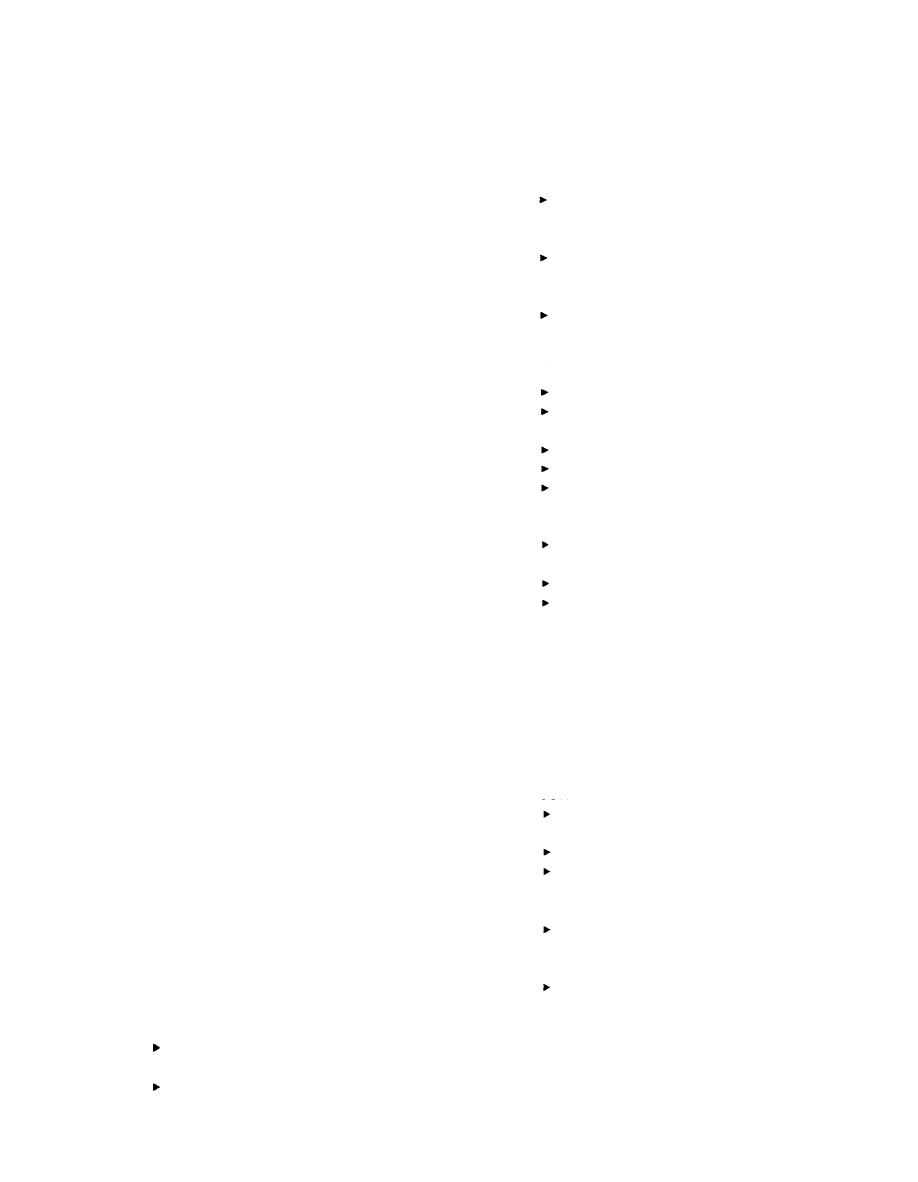

Custom Search
|
|

|
||
 Moisture problems and Black Carpenter ants are nearly
(such as a fallen log, tree hole, stump or a structure
inseparable. In the majority of cases Carpenter ants
wall). When Carpenter ant workers excavate nest
make their nests in wood that has been wet and
galleries, they use their jaws as gouges and make
tunnels by shaving out small pieces. Unlike termites,
infested by a brown rot fungus. Dark fungus stains on
they do not eat the wood; it has no nutritional value to
the wood is an indication of the presence of such
them, and they discard it by dropping it out of the nest
moisture. Moisture in wood can be caused by
improper attachment of wooden
area or by piling in one place and discarding the whole
pile later (similar to the Pavement ant's dumping
additions, dormers, and hollow wooden
habit). This pile of Carpenter ant shavings, called
columns that absorb moisture
sawdust, is very soft and is made up of pieces a fine
patios or porch floors, door sills,
chisel would make. [Gritty construction sawdust in
downspouts, or grading where water
attics or on sills can be left over from construction or
collects or drains toward the structure
repairs and might suggest carpenter ant shavings to
regular gutter overflow pouring
those who do not know the difference.] The process of
rainwater down the side of the building
ant gallery excavation results in galleries with very
as well as back onto roof boards, facia,
smooth sides. No mud is involved (like in the tunnels
soffets, etc.
of subterranean termites), and there is no dust or
leaking roof valleys
pellets (like that produced by woodborers or dry wood
improper flashing especially around
termites) -- only numerous large, smooth, brown-
chimneys, vents, and skylights
stained tunnels that provide harborage for the
improper roofing or holes in the roof
Carpenter ant colony. A nest or colony might harbor
window sills directly exposed to rain, or
several thousands of inhabitants. Large colonies of
lack of ventilation in any area where
carpenter ants in critical areas of structures can cause
moisture accumulates.
structural damage, but the colony more likely resides
Inside moisture accumulates
partially in structural wood and partially in void spaces
around any leaking plumbing or drains
(e.g., between roofboards, between studs under
(especially shower drains)
windows or between subflooring and shower bases).
unvented attics and crawl spaces, or
The most common urban outdoor harborage is a
unvented dishwashers, washing
living tree with a rotted spot inside; other common
machines, icemakers, etc.
sites are stumps or firewood. The Carpenter ant is a
The many nesting sites, foraging entrances and
valuable link in the reduction of plant cellulose. It is
food and moisture sources offer clues for inspection
not surprising that mature wooded neighborhoods often
and location of the nest. The area where the majority
have structural Carpenter ant problems. New
of ant activity is seen may identify a nest site if entry
neighborhoods or developments built on cleared
from the outside can be ruled out. Carpenter ants are
woodlots can inherit ant colonies from their trees;
more active at night and inspection at that time may be
some colonies are brought in with building materials.
helpful.
Rustic cabins, summer homes, and park structures will
likely become infested sooner or later.
Harborage Alteration
Black Carpenter ant workers forage for food such
Where nests are located inside, remove
as honeydew, insects, and juices from ripe fruit.
and replace infested structural wood.
Indoors, they like sweets, meats, fruit juices and moist
Stop the intrusion of moisture.
kitchen refuse. [Carpenter ants always prefer to
Advise the client to or perform caulking
operate in a humid atmosphere.] Vines on building
and screening of actual and potential ant
walls, branches, telephone wires provide a bridgelike
entryways.
access into structures.
Ventilate areas where moisture
accumulates, regrade where necessary
Control and Management
and repair roofing, guttering etc.
Recommend trimming trees where
Inspection
branches touch a structure or overhang
It is important to discover whether Carpenter ants
roofs. Tree removal may be necessary.
are nesting inside or outside. If nesting inside
their presence usually indicates a
Pesticide Application
moisture problem in the building, and
Eliminating colonies and nesting sites is a primary
they have excavated galleries for
way to eliminate Carpenter ant infestation.
harborage in structural wood.
Module One, Chapter 3, Pg 5
|
 |
|
 |
||